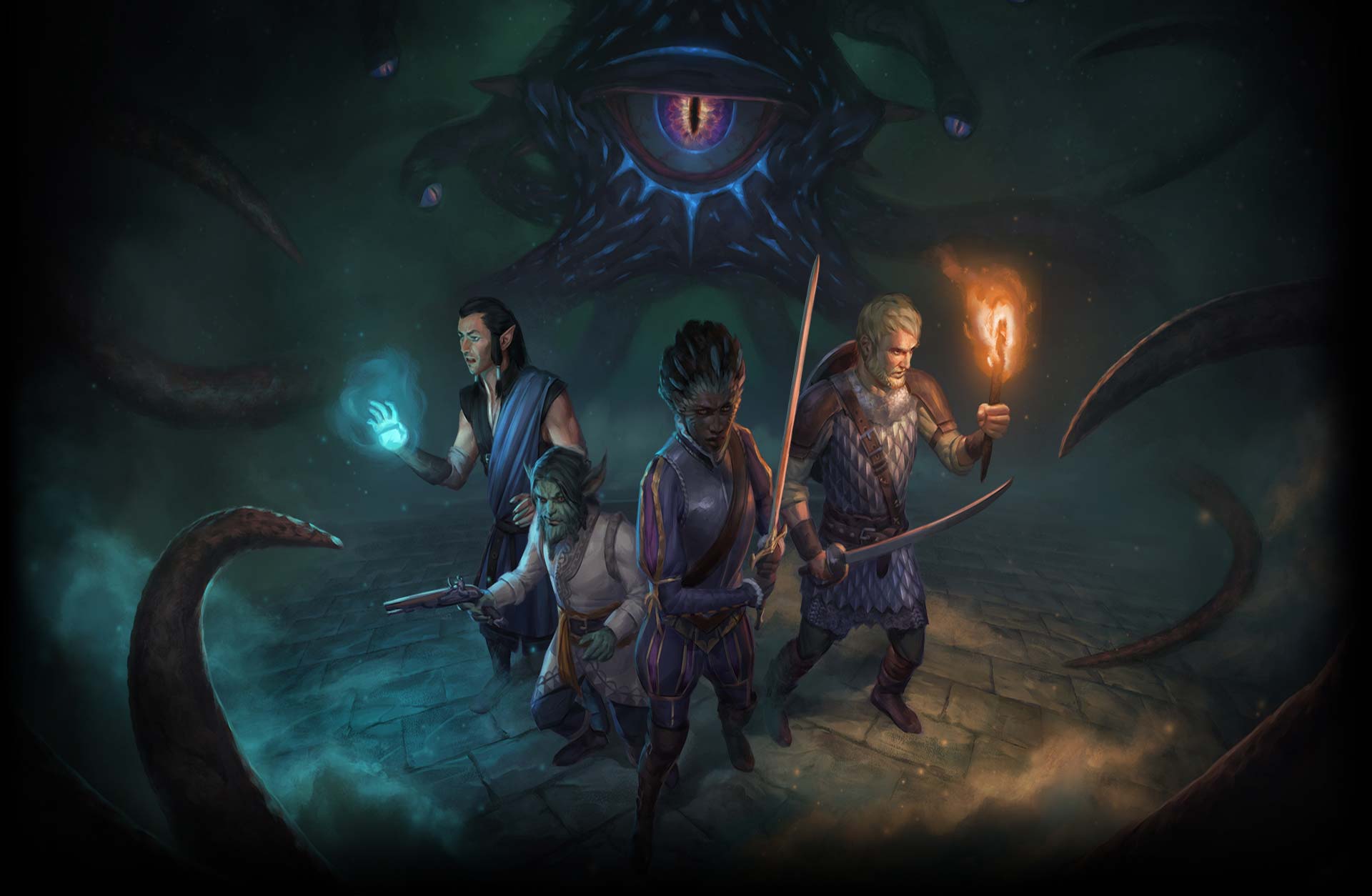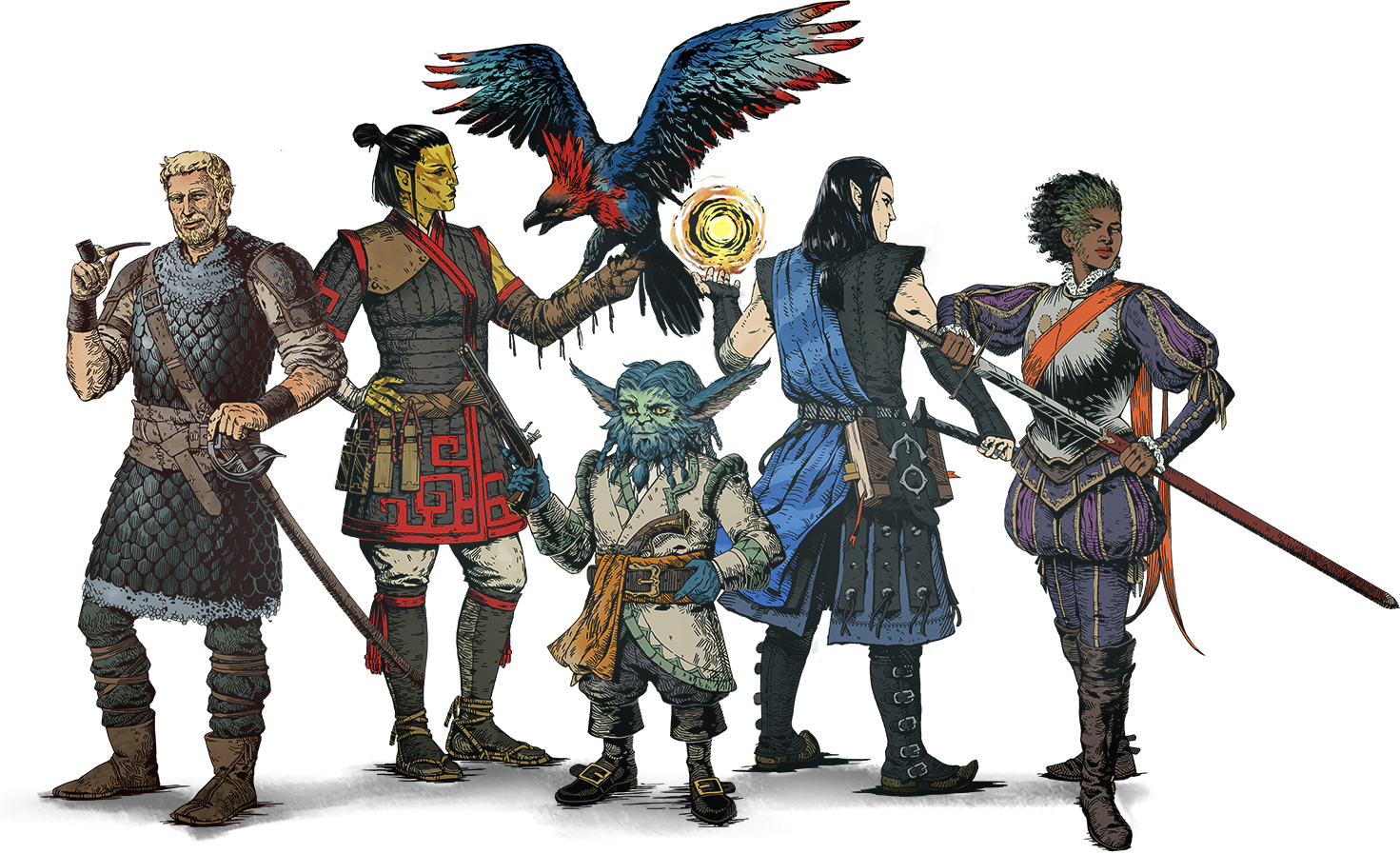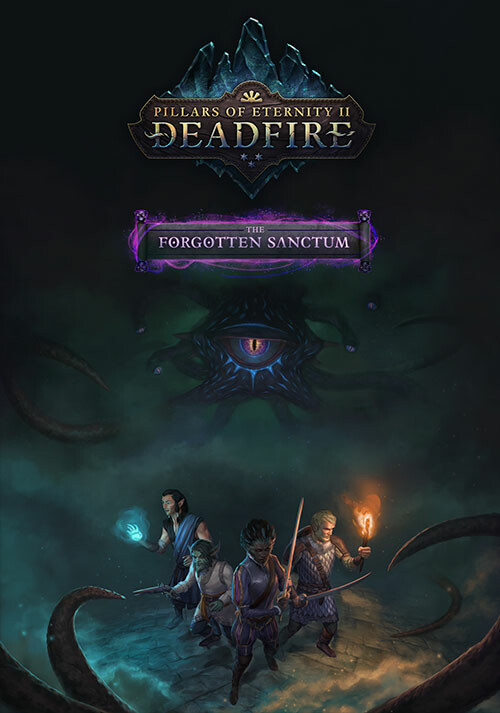

So 18 could be seen as the most powerful score a normal human could achieve. Immediately likeable by many people, subject of favorable talk.

This corresponds exactly with the Pillars system. In D&D, the maximum possible score at character creation is 18, before modifiers. So 10 could be seen as an average score for a human, and it's not unreasonable to presume that such a statement could be accurate for Pillars' system too. ) (Again, the comparison breaks down a little if you examine it in detail, but broadly speaking they have more similarities than differences) Similarly, Pillar's Resolve functions similarly to D&D's Charisma, in that it determines "mental intimidation, leadership, and convincing performances." (Source. 10 Charisma: understands most conventions of social interactions and acts relatively acceptably in social circumstances.įor those that are unfamiliar with D&D, Wisdom determines the Perception skill in D&D, so Pillar's Perception attribute could be seen as equivalent to D&D's Wisdom (though the comparison breaks down a little once you factor in accuracy).10 Wisdom: capable of planning and makes reasoned decisions most of the time.10 Intelligence: knows what they need to know to get by.10 Constitution: occasionally contracts mild sicknesses, average human healthiness.10 Dexterity: capable of usually catching a small tossed object, average human agility.The D20PFSRD (a reference website for Pathfinder, link here: ) has this to say about average scores: I think they are accurate enough, and serve as a useful guide.ġ0 could be seen as an average score for characters in the Pillars system. However, I do so with the disclaimer that these aren't actually from Deadfire or Pillars 1 themselves (which shall henceforth be referred to as 'the Pillars system' for brevity), and thus they may not correspond exactly with what Obsidian had in mind when they picked the numbers 3-18. Thus, I believe it's useful to look at the descriptions for attribute levels to get an idea for what these numbers are meant to represent. The Pathfinder system is derived from D&D 3.5.

It could be speculated that such values originate from the Dungeons & Dragons role-playing system, where a similar set of values exist. You can choose from a range of 3-18 for any given attribute. So in Pillars 1 and Deadfire there are a range of attributes that you can choose at character creation. Well, on with the post essay freaking novel. I'm guessing there will be strong resistance, but I'm not certain. I'm interested to hear what the Pillars community thinks about this. It got me thinking: why are we allowed to choose values as low as 3 in games like Pillars? So I decided to write up my thoughts. I'm normally a pretty extreme min-maxer in CRPGs, so I was quite surprised by this. I've been playing Pathfinder Kingmaker recently, and noticed that in character creation, you are limited to a minimum base value of 7. Should games like Pillars of Eternity also have such restrictions, in order to promote role-playing and prevent absurd ludonarrative dissonance? Or is it perfectly fine and desirable for players to be able to create characters with the intelligence of a brick? TL DR: other role-playing games and role-playing systems restrict their characters to reasonable attributes when creating a character, for example having lower limits of 7 points for a given attribute.


 0 kommentar(er)
0 kommentar(er)
